On my first visit to Japan, I was surprised at how much I loved the creamy, sweet beverage called “milk tea”. While you’re probably imagining a drink that’s just milk poured into tea, Japanese milk tea is so much more than that. It is a deliciously blended drink and it is downright addicting.
So How is Milk Tea Different?
Milk tea was invented by Lipton in 1965 and became instantly popular in Japan. Japanese milk tea is blended with a high ratio of milk and is brewed similar to chai (minus the spices). This means that not only are ingredients for Japanese milk tea blended together during the cooking process, the ratio of milk to tea is much higher than in most other versions of “milk tea” throughout the world. (And those versions would more accurately described as “tea with milk”, as they contain a fairly small amount of milk added after the brewing process). In contrast, the unique cooking process for Japanese milk tea results in a seamless blend of bitter and sweet flavors, and a rich, creamy drink.
Where to Find Milk Tea
The sheer convenience of obtaining milk tea is how my addiction started. Most Japanese conbini (convenience stores) sell about 10 kinds of milk tea, and it’s on the menu in just about every cafe. Not to mention that on a hot Tokyo summer day, a cold milk tea is practically a life-saving beverage.
Not all milk tea is created equal however. While I won’t mention names, some brands are too thin and watery, while the general quality of tea is lacking in other brands (and yes, this is me being super picky). My favorite brand is Kirin, because the flavor is perfectly balanced and the consistency is creamy and smooth. (And of course the fact that they featured cute Disney characters on the labels during my last trip pretty much insured I would have to try them all). Kocha Kaden brand is usually my second choice if all of the Kirin is sold out (and it does happen).
The American Version Just Isn’t the Same
While I have tried to make milk tea on the stove to satisfy my craving here at home, my concoction, while passable, lacked the rich depth of Japanese milk tea. Maybe it was the type of tea leaves I used (darjeeling), or my lack of prowess in the kitchen (never!), but it just wasn’t the same. Until my next trip to Japan, I will just have to dream about the iced cinnamon milk tea in that little cafe in Osaka that I love so much. Until next time…

Source: Just One Cookbook

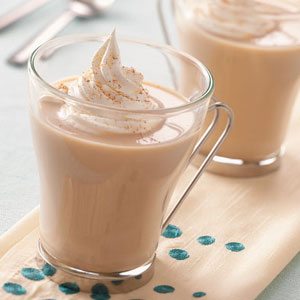
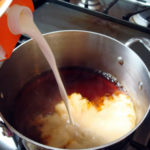
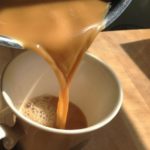
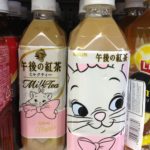
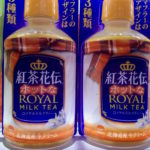
You are absolutely right! I loved the milk tea in Japan and was thrilled to find that so many vending machines offered a nice selection. Thanks for the memories!